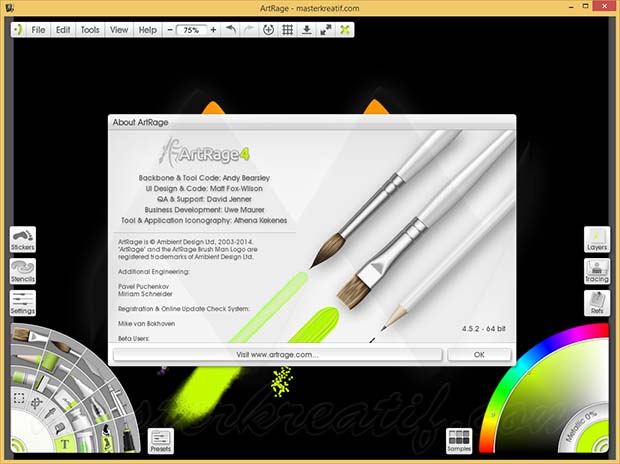
- #MPLAB XC8 ETHERNET SERIAL#
- #MPLAB XC8 ETHERNET CODE#
For reading: A7 bit of address byte is always 0 SPI Data Transfer Modes. For Write: A7 bit of address byte is always 1. 
The address byte is immediately followed by a Data byte.Address and data are transferred between MCU and slave in a group of 8 bits.The SPI protocol uses SCLK to synchronize the transfer of one bit at a time and the MSB (Most significant bit) goes in first. MCU generates the SCLK which is fed to the SCLK pin of the SPI device. The clock signal is provided by the master to provide synchronization. In connecting a device with an SPI bus to a microcontroller, we use the MCU as a master device and the SPI device acts as a slave. In the 3-wire interface, we have SCLK, CE and only one single pin for data transfer. These four pins make the SPI a 4-wire interface. When the CE signal goes low at a slave device, only that slave is accessed by SPI and will listen for SPI clock and data signals. The last pin of SPI bus is CE (Chip Enable) which is used to initiate or terminate the data transfer. It is generated by the master device and controls when data is sent and when it is read. SPI bus has the SCLK (serial clock) pin to synchronize the data transfer between two chips. This reduction of data pins reduces the package size and power consumption. Only two pins SDI (Data in) and SDO (Data out) are for data transfer.
#MPLAB XC8 ETHERNET SERIAL#
SCLK: Serial clock output from master Input to slave. SDI: Serial data input to master and output from slave. SDO: Serial data output from master and Input to slave. SPI was originally started by Motorola Corp, but now this standard is adopted by many semi-conductor chip companies. That means it supports full-duplex communication mode. PIC SPI communication module transmits/receives 8-bit data synchronously simultaneously. In the case of multiple slaves, we need a chip select wire for every slave device. But we use a chip select pin to select a slave. Unlike I2C, we do not use slave address in serial peripheral interface communication. It supports SPI serial communication between two or more devices at a high speed and is reasonably easy to implement. This module also supports I I2C communication that is a two-wire communication. This module is built into many PIC microcontrollers. SPI is implemented in the PIC microcontrollers by a hardware module called the Synchronous Serial Port or the Master Synchronous Serial Port. In-Depth Guide on SPI communication Protocol SPI Communication Module PIC Microcontrollers. If you want to explore further on SPI communication protocol, read this complete guide: SPI bus interface connection is incorporated into many devices like ADC, DAC, and EEPROM. CS/SS: In case of a single master and multiple slave configuration, this wire used to select to which slave, master device wants to send data. It is an input line for the master and output line for a slave. 
MOSI /SDI: MOSI wire used to receive data from a slave.MOSI/SDO: This line used to send data to a slave.It consists of 4 fours but three-wire communication is also possible. It allows transmission of data from a master device to one or more slave devices and from slave devices to master devices over short distances at high speeds (MHz). Because the slave device takes instructions from the master device. The master device (usually a microcontroller ) controls slave devices. SPI is a synchronous protocol based on the master-slave communication type.
#MPLAB XC8 ETHERNET CODE#
Code SPI communication with pic microcontroller SPI Communication Introduction. PIC to PIC SPI Communication MPLAB XC8 Compiler. SPI Master Mode Code PIC18F452 Microcontroller. SPI communication with PIC microcontroller Example. PIC Microcontroller SPI Module Registers. Single-Byte Write of SPI communication:. SPI Communication Module PIC Microcontrollers.






 0 kommentar(er)
0 kommentar(er)
